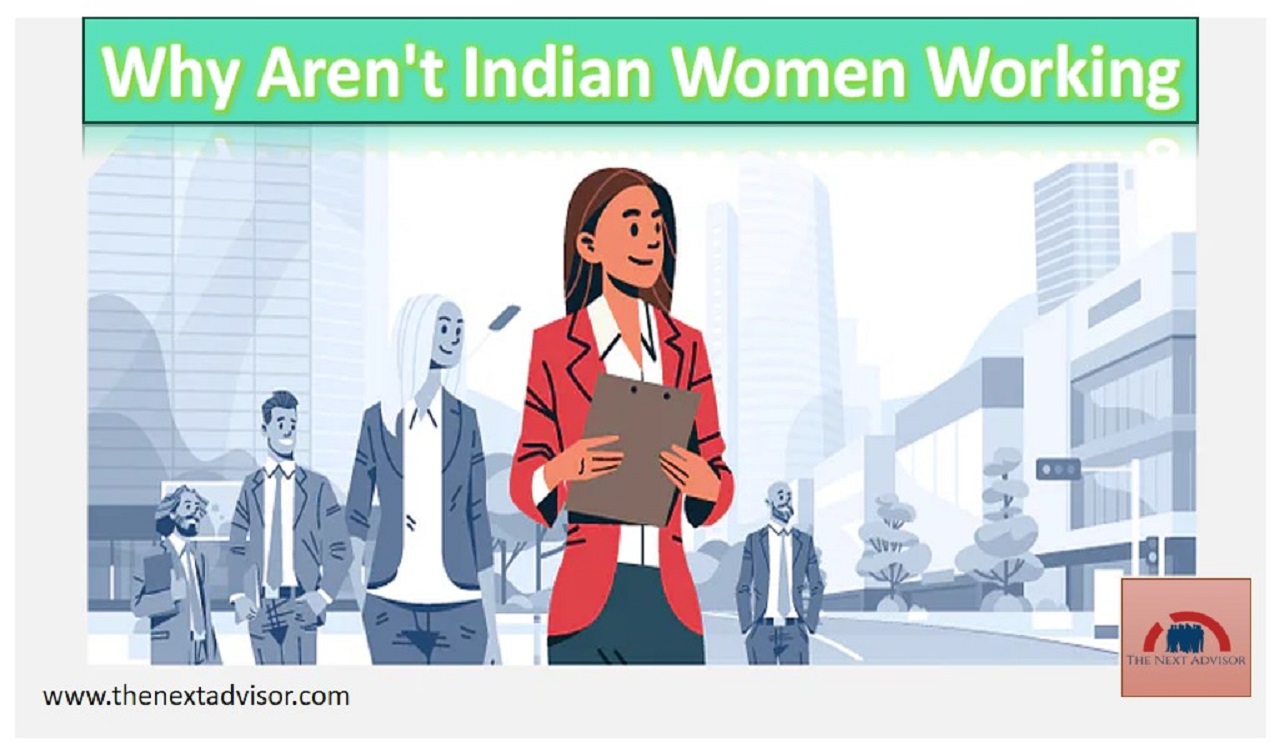So Friends, let’s see Why Aren’t Indian Women Working.
Why Aren’t Indian Women Working is the problem which is two-fold –
First – India’s LFPR is quite low.
Second – It has been falling for a long time.
Many researchers have pointed out how crucial it is for India to increase its female LFPR. Research shows that a 10% increase in the female-to-male ratio of workers would increase per capita net domestic product by 8%. Increasing female LFPR could increase India’s GDP by 27%. Apart from the economic benefits, increased female LFPR has social benefits as well. Research has shown that sisters of working women tend to marry later, which has several health benefits.
First, we will discuss the reasons behind India’s law of female LFPR. Then we will discuss why this rate is falling over the years. Researchers from Harvard Kennedy School published a detailed explanation of this in 2018 using the National Sample Survey. They first highlighted that it’s not as if the women don’t want to work. A significant portion of both rural and urban women are willing to work. But they fail to do so due to some reasons. Now let’s discuss why female LFPR is decreasing in India.
There are four broad reasons for this. Two of these reasons are indications of positive development in India.
First – Because women in India are gaining more education. The LFPR is high for women who have less than primary education, it decreases, and then increases for those that have tertiary education. Between 1994 and 2012, the share of women getting secondary education or more increased. Since more women are in school the female LFPR has declined. The second positive is the increase in household income. in very simple words, India has become richer. The highest LFPR is for those households that are the poorest. And as the household into,e increases, the likelihood of women working decreases. This is not too complicated to understand. The final reason for this puzzle is.
Based on the definition by the NSSO, many women who are actively contributing to activities like the collection of crops are classified as economically inactive. There are several solutions to this problem.
The first solution –
the toughest – is changing the perception toward women, Whether it’s about their jobs, mobility, or household duties. This wouldn’t be achieved overnight. We need to persevere over the years to solve this problem. The government could try implementing targeted solutions as well. Construction of either a Kutcha or a pucca road increases the odds of women’s participation in non-farm work by 1.5 and 1.4 times. Moreover, research has shown that women spend more time looking for a job than men.



























